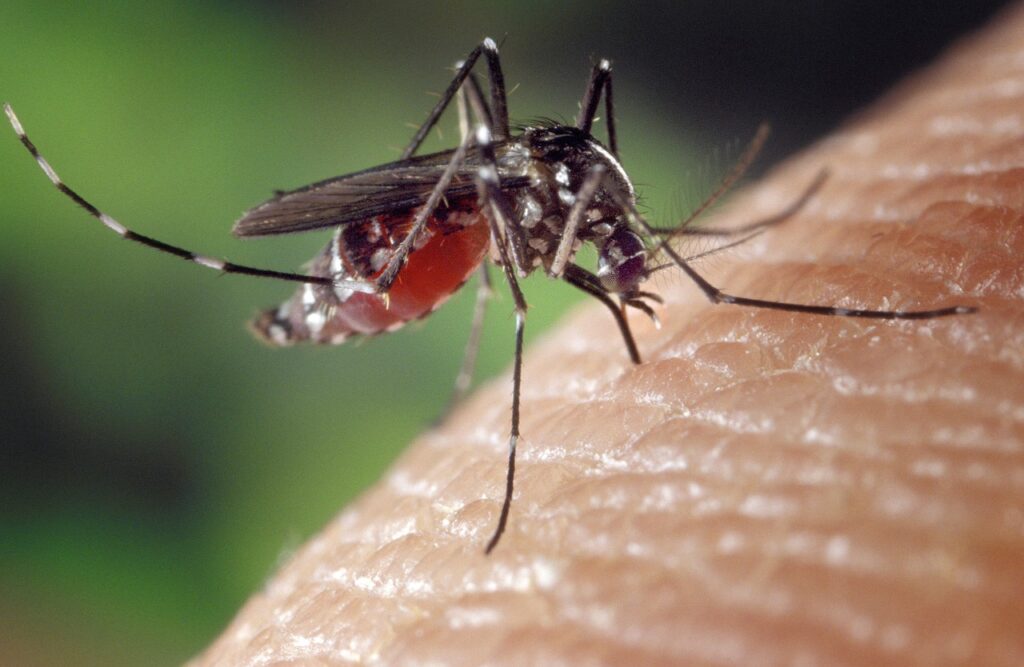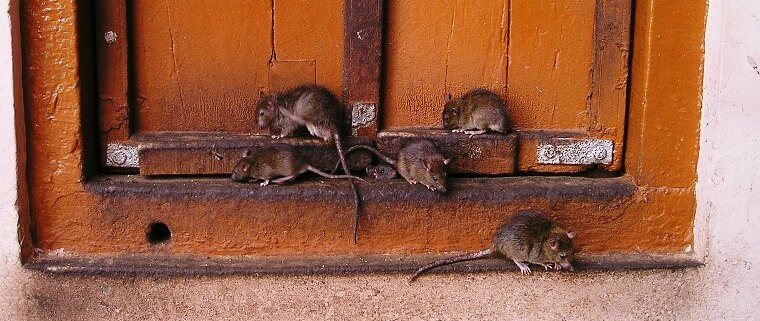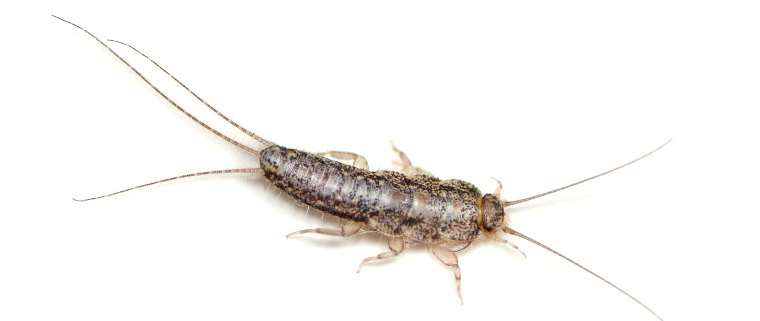Mosquito-borne diseases are now back in the spotlight with the outbreak of Zika virus, which has now been reported to be affecting a rapidly growing list of cases all throughout the globe. Currently, it is said to be present in almost 40 countries, from Norway to North Queensland.
What the health authorities are mainly concerned about is the ever strengthening connection between Zika virus and birth defects, not to mention the millions of foreseen cases of the disease that are expected to occur.
But regardless of the Zika virus being the primary concern, this does not necessarily mean that other mosquito-borne diseases should be overlooked.
So why do mosquitoes bite?
For those who don’t know, only female mosquitoes bite. Blood plays an important role in the development of eggs as it provides a perfect nutritional boost. Many of these mosquitoes bite whatever warm-blooded creature is about.
Contrary to popular knowledge, mosquitoes don’t pass on pathogens through infected droplets of blood. When mosquitoes bite, it’s not like they’re sticking in a drinking straw. Some tubes are used for sucking, while some are used for spitting. The thing is that their spit contains a mixture of chemicals that keep the blood flowing and create a numbing effect on the skin so their bites would not be noticeable. Now, do you know what else that spit may contain? Virus.
The Attack of the Mozzies
Mosquitoes carrying Zika virus, known as Aedes aegypti, are slowly sneaking past our major cities’ doors. These mosquitoes have been detected by the Department of Agriculture and Water Resources at Brisbane, Sydney, Melbourne and Perth international airports in recent years. So far, they haven’t gone past our local airports yet. And even if they did, they most likely won’t survive the winter.
But while Australia’s climate might protect it from Aedes Aegypti, this is not the case with Aedes albopictus, the Asian Tiger Mosquito.
Aedes albopictus is one of the most pernicious breed of mosquitoes in the world. It is present in almost all parts of the globe, usually in and around urban areas. What makes them even more pestiferous is that not only can it thrive in tropical areas, but it can also withstand cooler climates. It is this mosquito that’s the behind the dengue outbreaks in Japan and the chikungunya virus in Europe. It may likely play a role in the spread of Zika virus.
Mosquitoes in Australia
Authorities have been working double time to stop the spread of mosquitoes into mainland Australia since they were discovered in the Torres Strait in 2005. Since then, efforts aimed at eradication have been proven to be impractical and risky. Its containment is now one of the main objectives of current management strategies in the hopes of stopping it from spreading into the mainland.
International experience suggests that mosquitoes will eventually become established once it makes it to one of our major cities. According to laboratory studies, these mosquitoes can carry local and exotic pathogens. These mosquitoes are used to cool habitats, and with the cool climate in the southern cities, there is no barrier to these pests. Local authorities must then face the threat that these mosquitoes could become established in our major cities by redirecting the focus of mosquito control from the swamps to the suburbs.
Existing mosquito control and surveillance programs are generally directed towards local pathogens and mosquitoes mostly associated with local wetlands. However, these programs are not flexible when it comes to monitoring the activities of exotic mosquitoes. It is also not a guarantee that the management used to eradicate wetland mosquitoes will also work with backyard habitats.
We can almost be certain that mosquito-borne diseases will be a persistent concern in the future. If Aedes albopictus finds a home here, the mainland would be at a greater health risk.







